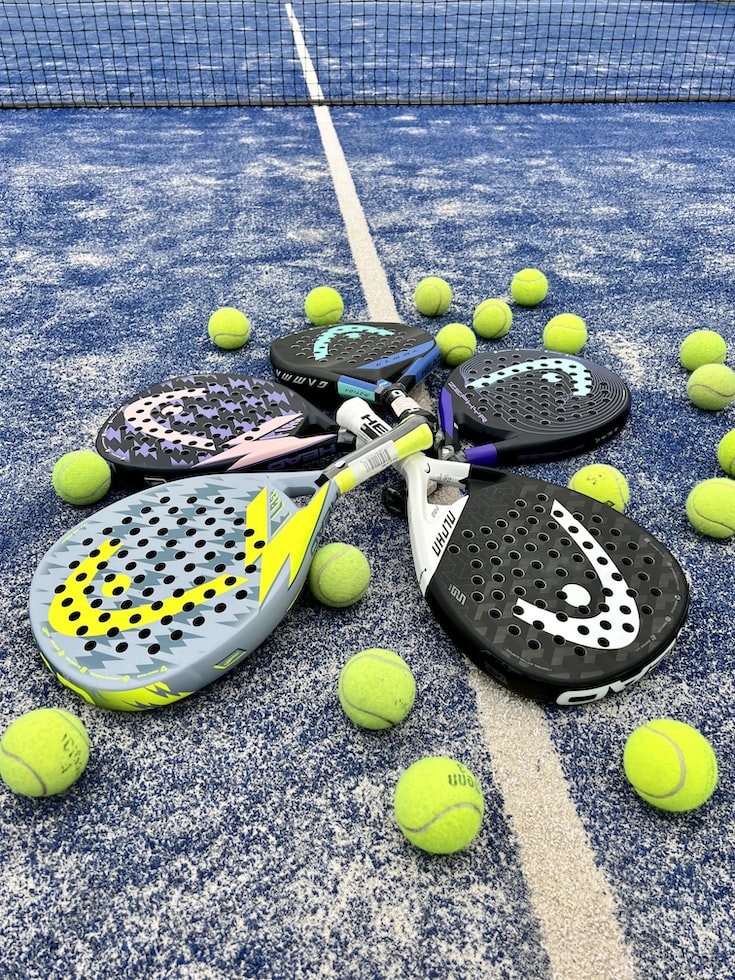The Ins and Outs of the No-Volley Zone in Padel: Rules and Strategies Explained
3 min read
The Ins and Outs of the No-Volley Zone in Padel: Rules and Strategies Explained
If you’re new to the world of padel or a seasoned player looking to improve your game, understanding the ins and outs of the no-volley zone is crucial. Known as the “kitchen” in padel, this area of the court has its own set of rules and strategies that can make or break a match. In this article, we’ll delve into what the no-volley zone is, the rules surrounding it, and some key strategies for playing within this important part of the court.
What is the No-Volley Zone in Padel?
The no-volley zone in padel is a 7-foot area that extends from the net into the court on both sides. Players are not allowed to hit the ball out of the air (volley) while standing in this zone. The purpose of the no-volley zone is to prevent players from getting too close to the net and dominating the game with powerful volleys. This rule adds an element of strategy and finesse to the game, as players must carefully maneuver around the no-volley zone to maintain control of the point.
Rules of the No-Volley Zone
The rules surrounding the no-volley zone are relatively straightforward. Players are not allowed to hit the ball out of the air while standing in the no-volley zone. This means that if you or your opponent is in the no-volley zone, any shot attempted must bounce before it is struck. If a player violates this rule, it results in a fault and a point for the opposing team.
Strategies for Playing in the No-Volley Zone
Navigating the no-volley zone requires a mix of skill, strategy, and quick thinking. One key strategy is to maintain control of the net while also staying out of the no-volley zone. This allows you to put pressure on your opponents with well-placed shots and volleys while also avoiding the risk of a fault. Additionally, mastering the technique of the “chiquita” (a low, sliced shot) can be incredibly effective when playing in the no-volley zone, as it allows you to keep the ball low and force your opponents to hit up, giving you the advantage.
Another important strategy to consider is footwork. Being able to quickly move in and out of the no-volley zone is essential for maintaining court positioning and controlling the flow of the game. By staying light on your feet and being ready to pounce on any opportunities, you can effectively play around the no-volley zone and keep your opponents on their toes.
Conclusion
As you continue to improve your padel game, mastering the no-volley zone will become increasingly important. By understanding the rules and implementing effective strategies, you can take your game to the next level and outmaneuver your opponents with finesse and skill. Remember, the no-volley zone isn’t something to be feared—it’s an area of the court that can be used to your advantage with the right know-how and practice. So, get out there, practice your footwork, and dominate the no-volley zone like a true padel pro!







